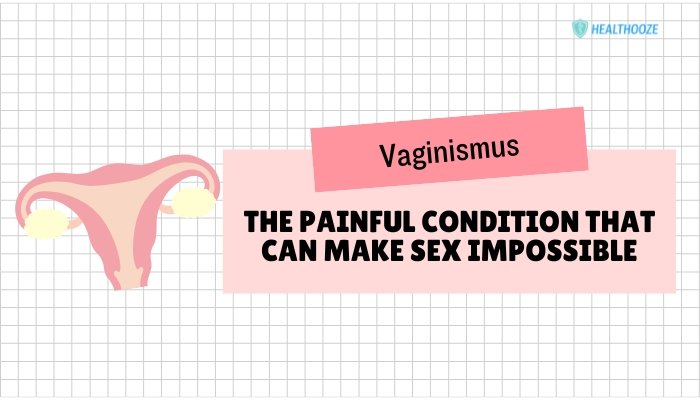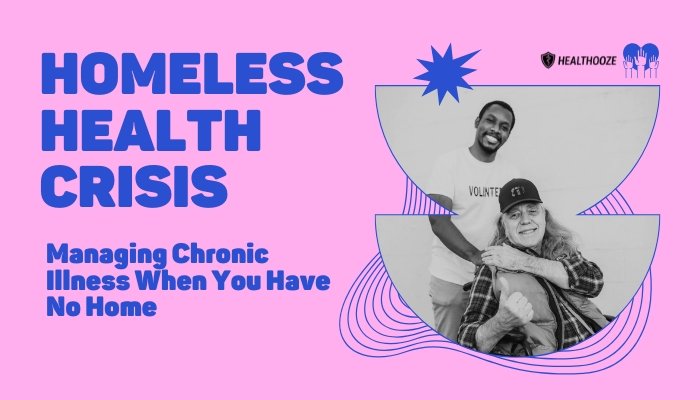Introduction
Vaginismus is a condition where the muscles around the vagina involuntarily spasm or tighten, causing pain or making intercourse—and sometimes even medical exams—extremely difficult. Often overshadowed by other sexual health issues, vaginismus can leave those affected feeling misunderstood or isolated.
Some struggle for years before discovering that their distressing pain has a specific cause and that effective treatments exist. This article explains what vaginismus is, how to recognize its signs, and the steps toward resolving pain and reclaiming sexual confidence.
Understanding Vaginismus
Defining the Condition
Vaginismus arises from an involuntary contraction of the pelvic floor muscles at the vaginal opening. Even the anticipation of penetration—whether from a tampon, finger, or partner—can trigger these spasms. Severity varies, from mild discomfort to a complete inability to insert anything into the vagina. While vaginismus is a physical reaction, it’s often intertwined with emotional or psychological factors, creating a cycle of fear, pain, and avoidance.
Primary vs. Secondary Vaginismus
- Primary Vaginismus: Occurs when an individual has never been able to achieve comfortable penetration—sexual or otherwise—often present from first attempts at intercourse or tampon use.
- Secondary Vaginismus: Develops after a period of normal function, possibly due to trauma, surgical interventions, infections, or changes in relationships and emotional state.
Underlying Causes
The exact triggers can be complex and vary per individual:
- Fear or Anxiety: Worries about pain, bleeding, or sexual performance create a subconscious muscle guarding mechanism.
- History of Trauma: Physical or sexual abuse, negative sexual experiences, or strict cultural or familial attitudes about sex.
- Relationship Stress: Tension with partners, communication breakdown, or emotional conflicts can exacerbate involuntary clenching.
- Medical Factors: Chronic pelvic pain conditions, infections, or menopausal changes. Even if these issues resolve, fear of pain might persist, maintaining the spasm reflex.
Symptoms and Impact
Physical Indicators
- Tightening Sensation: Described by some as hitting a “wall” upon penetration attempt.
- Burning or Stinging Pain: In mild forms, initial insertion is painful, though deeper penetration might be tolerable.
- Muscle Spasms: The pelvic floor muscles clamp, forcibly limiting vaginal entry.
Emotional Toll
- Stress and Anxiety: Anticipating painful intercourse creates a self-fulfilling loop, intensifying muscle tension.
- Shame or Low Self-Esteem: Women may internalize the condition as “failure” or “dysfunction,” harming body image or sexual confidence.
- Relationship Strain: Intimacy can suffer if partners misinterpret the pain as rejection or if communication about the condition is lacking.
Effects on Daily Life
Even nonsexual activities—like inserting tampons for menstrual management or undergoing pelvic exams—can be problematic or impossible. Some choose to avoid these altogether, limiting personal convenience or healthcare follow-ups.
Breaking the Cycle: Diagnosis and Treatment
Recognizing the Problem
Many delay seeking help, hoping the issue will resolve or downplaying the severity. Yet diagnosing vaginismus is relatively straightforward for professionals knowledgeable about pelvic floor disorders. A thorough history and gentle physical exam by a trained gynecologist, pelvic floor therapist, or sex therapist can identify involuntary muscle contractions, ruling out other causes of painful sex (dyspareunia).
Therapies and Interventions
- Pelvic Floor Physical Therapy
- Specialists guide exercises that teach voluntary relaxation and progressive desensitization.
- Biofeedback tools or manual techniques help patients understand and control their pelvic muscles.
- Dilator Therapy
- Gradual insertion of specially sized cylinders (vaginal dilators) fosters safe, gentle stretching of tissues. Each step builds confidence and reduces reflexive tension.
- Cognitive-Behavioral Therapy (CBT)
- Addresses fear, anxiety, or negative beliefs about sex. Techniques include reframing pain expectations, exploring triggers, and communication with partners.
- Sex Therapy
- Couples counseling or individual sessions focusing on intimacy, body awareness, or prior trauma can untangle the psychological layers fueling vaginismus.
- Medication
- Sometimes muscle relaxants or topical anesthetics assist, though they rarely suffice alone.
The Importance of a Multidisciplinary Approach
Collaboration between gynecologists, pelvic floor physiotherapists, psychologists, and—if relevant—mental health professionals ensures comprehensive care. Addressing only the physical spasm without considering emotional or relational factors may limit long-term success.
Overcoming Stigma and Building Support
Breaking the Silence
Vaginismus can persist silently when cultural or personal taboos inhibit open discussions of sexual pain. Encouraging conversation within women’s health forums, with friends, or professional counseling normalizes seeking care.
Partner Involvement
Partners can play a significant supportive role. Active listening, empathy, and a willingness to adapt sexual routines fosters understanding. In some therapy settings, partners learn gentle insertion techniques or at-home exercises to reduce the sense of isolation.
Online and Community Networks
From virtual message boards to local meetups, individuals with vaginismus share experiences and coping tips—reminding each other that resolution is possible and healing typically occurs over time, not overnight.
Outlook and Takeaways
Potential Recovery
Recovery from vaginismus is highly achievable with the right blend of therapy, self-awareness, and consistent practice—often culminating in pain-free intercourse and normal pelvic exams. Each journey is unique, but a structured approach under professional guidance fosters significant improvement.
Future Research and Awareness
As more gynecologists, physiotherapists, and sex therapists recognize pelvic floor dysfunctions, better screening questions and early referrals can reduce months or years of distress. Meanwhile, growth in research—especially focusing on the neural and emotional triggers—will hone more efficient, patient-tailored treatments.
Key Points
- Vaginismus is not a willful or purely psychological barrier, but an involuntary muscle reflex often with deep emotional roots.
- Treatment merges physical therapy (e.g., dilators, pelvic floor exercises) and mental health interventions for lasting improvement.
- Open Dialogue with partners, friends, or online support communities helps break isolation and fosters empowerment.
Conclusion
Vaginismus stands as a largely hidden condition, overshadowed by embarrassment and stigma around sexual pain. Yet it can profoundly affect a woman’s confidence, intimacy, and healthcare experiences. Thankfully, modern therapy blends physical and psychological interventions for consistent results, often culminating in near-complete resolution. By dispelling myths, fostering understanding, and encouraging professional help, those grappling with vaginismus can find a path toward pain-free intimacy, healthy pelvic exams, and restored self-assurance.
References
-
- Reissing ED, Binik YM, Khalifé S. Eiology, diagnosis, and treatment of vulvar vestibulitis syndrome: an integrated approach. World J Urol. 2005.
-
- McPhillips R, Braun C, et al. Physiotherapy approaches for pelvic pain. J Women’s Health Phys Therapy. 2019.
-
- http://issm.info/







